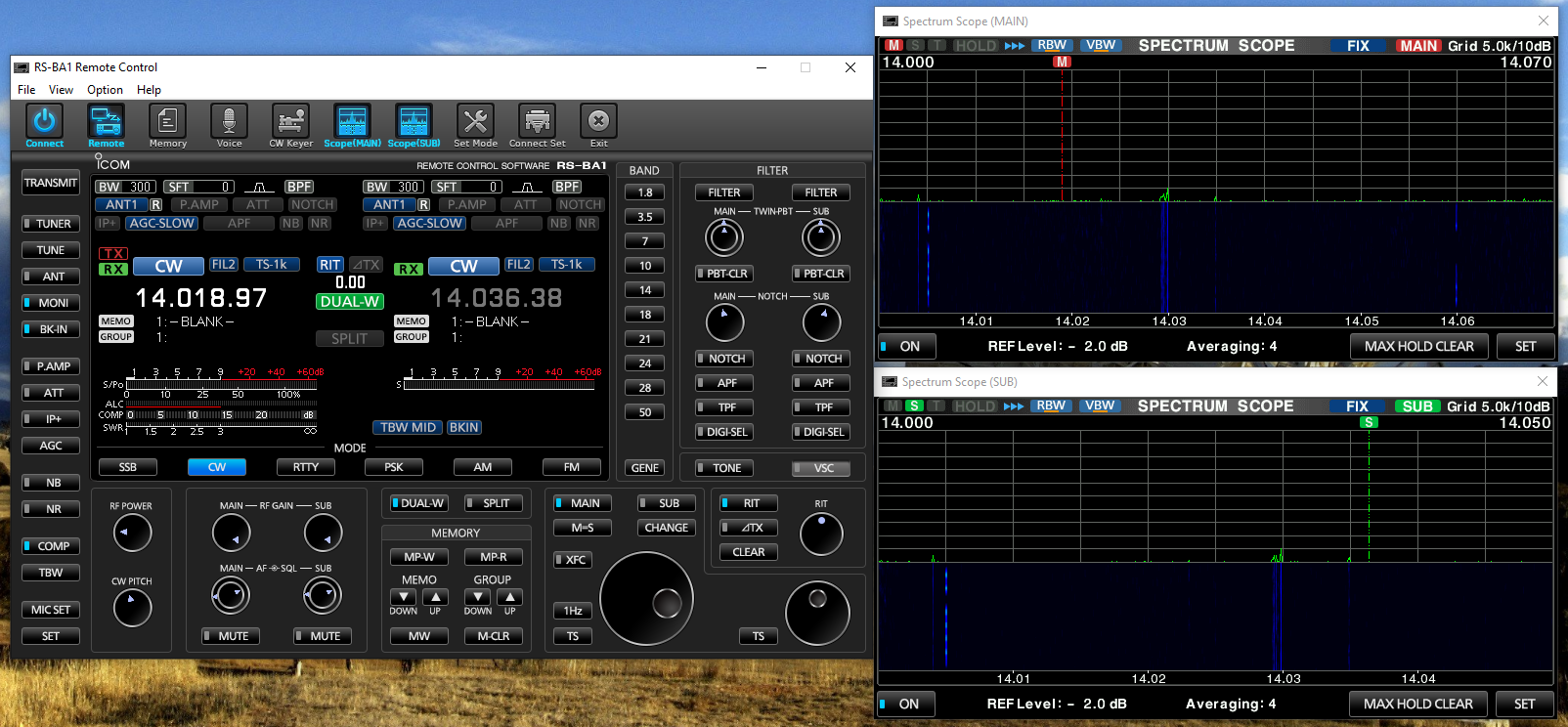
When the response is not what they expect, they will retry. Not only that, most applications assume that they will receive a response to their question. Why do they use the same source address? There is no convention to do so otherwise. The second thing, is that both applications will most likely use the same source address so both will be trying to respond to a command. Factor in the streaming of Icom spectra and it's anybody's guess what is happening. The first thing that will happen is that there will be collisions on the bus. While this may work for simple applications, and I mean simple like in WSJT or FlDigi which do not issue a lot of different commands, it will not be 100% reliable. You then proceed to connect two different applications to these two ports and try to use both at the same time. Each port is assigned a different comport. The usual scenario is to download a utility which will allow you to "split" a serial port into two serial ports, such as Eltima, VSPE and so on. I will also not talk about those applications or hardware that just listen and do not issue any commands.


I will keep the discussion to the CI-V protocol. Why they may work, why they mostly do not work, why you will spend all your time troubleshooting trying to get them to work, and how they can reliably work. It may seem to work, but it will not support all functions: Read this: I think it's time for a little bit of information about "Virtual serial ports".


 0 kommentar(er)
0 kommentar(er)
